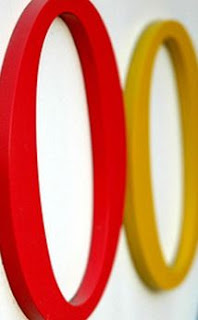Lasting Creations, Widely Adopted

Entrepreneurship, in one form or another, has been my bloodstream almost forever. It is a way of life. Fueled by desire to create, and not really by the need to earn money. Really, spawning lasting creations that are meaningful to other people, is my ultimate goal and reward. Yesterday. Yesterday I was repairing my mother's car finding the battery was completely dead. I took my son to a local automotive parts shop to buy a new one. The shop has been there as long as I remember, with the helpful owner always at the desk. We paid and he printed the invoice. He is still using the point of sale software I wrote 20 years ago. He has been running his entire business for 20 years using the software I created with my own hands back in 1993. And he is still one of tens of thousands using this software. Just try naming any software (an "app" as we call them...) today that will be meaningful and used on a daily basis in 2033. With all due respect I do not see a candidate. I pr...



























